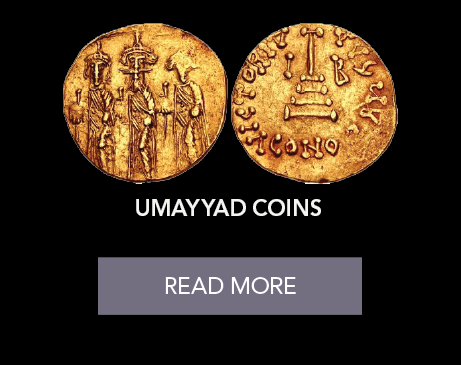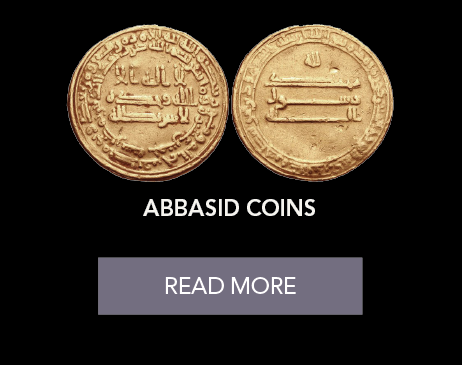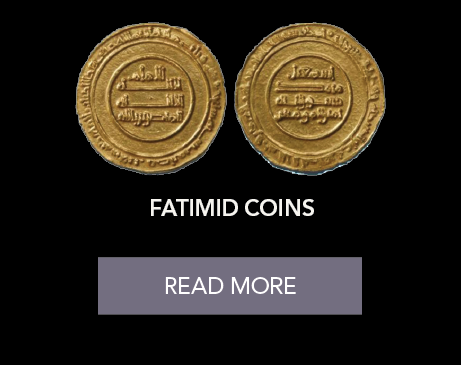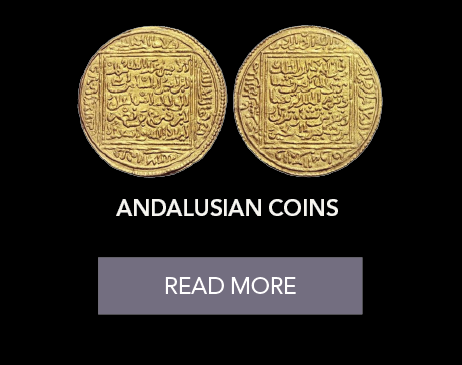
The Middle Ages or the medieval period in Europe began in the 5th century and ended in the late 15th century. It marks the time between the fall of the Western Roman Empire and the beginning of the European Renaissance period. Traditionally, it was considered to be a time of decline and decay for European powers. However, during this very same time, the Byzantine Empire and several Islamic Caliphates thrived and their prosperity is apparent in the coinage they issued.

1) BYZANTINE COINS
The Byzantine Empire, also known as the Eastern Roman Empire, existed from 330 to 1453 CE. It was the longest-lasting medieval power and was actually the continuation of the Roman Empire in its eastern provinces. Its capital, Constantinople is known today as Istanbul, Turkey’s largest city. Its influence continues on to the present day, especially in the religion, art, architecture, and law in many parts of Europe.
According to numismatists, Byzantine coinage began with the monetary reform of the emperor Anastasius I in 498 CE. Prior to this, it was simply a continuation of the late Roman Empire’s coinage system. Byzantine coins not only functioned as a convenient method of payment for goods and services, but also as a way for the empire and its emperor to project strength and power.
The metals used to produce Byzantine coins were gold, silver, bronze, and copper. The design and imagery of the coins influenced the style of early Islamic coins and later on, the first European kingdoms.
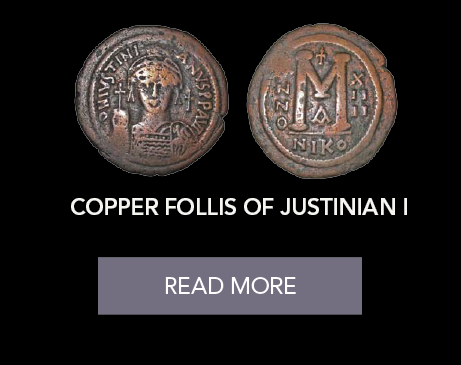
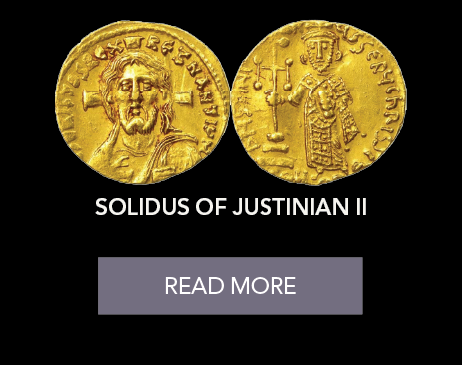

2) ISLAMIC COINS
At the beginning of the 7th century, the lands that were to become a part of the future Islamic Caliphates were under Byzantine and Sasanian rule. The former controlled the Mediterranean region, while the latter controlled the areas known today as Iran and Iraq.
In addition, the leaders of these lands, sometimes referred to as Arabia, were not known to have issued any of their own coins, even during the lifetime of the prophet Muhammad. Thus, the soon to be Islamic Caliphates inherited two monetary systems that were already widely used, namely the Byzantine gold coins and the Sasanian silver coins.
